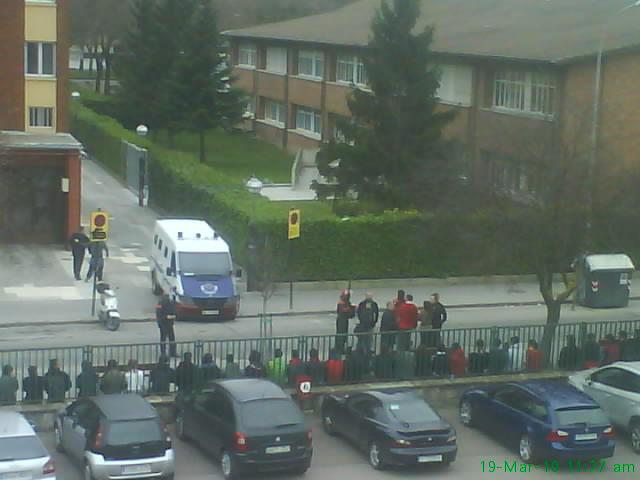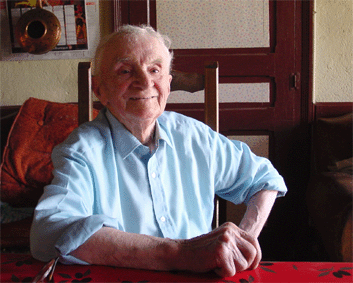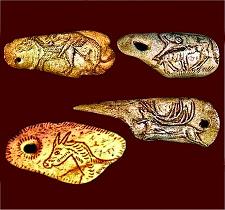In a still obscure incident, the Bolivarian Intelligence Service (SEBIN) has arrested German-Basque internationalist activist Walter Wendelin at his arrival to Caracas.
Walter Wendelin, who has German nationality but is member of Basque internationalist movement Askapena (Freedom), arrived to Venezuela from Mexico, where he had taken part in the congress of the Party of the Democratic Revolution (PRD). According to Solidaridad Pueblo Vasco (Solidarity Basque People) his journey to Venezuela was meant to explain the new proposals of the Basque Nationalist Left.

Walter Wendelin
According to the Venezuelan Association of Friends of the Basque Country, Wendelin has not been allowed access to an attorney and has been filtered that "he will be returned to Spain", what they protest that make no sense because he has never been charged with any offense in the European kingdom.
A demonstration has been called for tomorrow at the consulate of Venezuela in Bilbao.
Sources: Askapena, Gara, La Haine, Hala Bedi Irratia (live).
This arbitrary arrest may be related to the pressure put by the Spanish regime upon Venezuela, with judges and media attacking the American republic on false grounds of collaboration with ETA and FARC.
PSUV leader resigns
In a mostly unrelated episode, Venezuela Analysis reports that the former vice-president of the ruling Socialist Unified Party of Venezuela (PSUV), Alberto Muller Rojas, has resigned from politics. His advanced age and delicate health partly explain the resignation but Muller also mentioned that in the last three months the revolutionary process in Venezuela has been wretched, "everything that is going on isn't healthy for the revolutionary process". He said that the PSUV is infiltrated by the bourgeoisie and that the government is turning away from internationalism and heading towards "petty bourgeois nationalism".
Alberto Muller said some time ago to Hugo Chávez that he sits on a scorpions' nest.


























